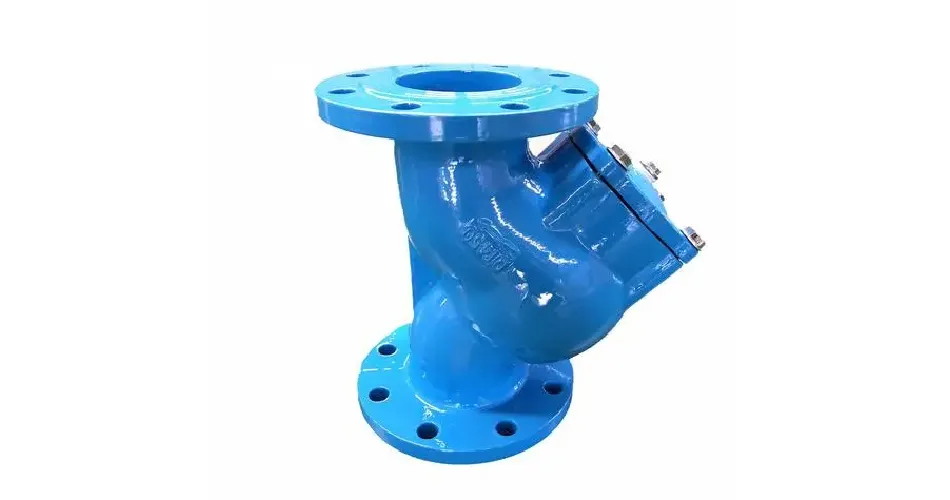Dec . 01, 2024 21:54 Back to list
Exploring Different Types of Ball Valves for Various Applications and Industries
Understanding the Different Types of Ball Valves
Ball valves are essential components in a variety of industrial applications, known for their reliability and longevity. Among the many types of valves available in the market, ball valves stand out due to their ability to provide a tight seal and precise flow control. In this article, we will explore the various types of ball valves, their features, applications, and benefits.
What is a Ball Valve?
A ball valve is a type of quarter-turn valve that uses a hollow, perforated, and pivoting ball to control fluid flow. When the ball is rotated, the hole aligns with the flow direction, allowing fluid to pass through. Conversely, when the ball is turned 90 degrees, the flow is stopped. This design makes ball valves highly efficient in regulating and controlling liquid and gas flow.
Main Types of Ball Valves
1. Standard Ball Valves Standard ball valves are the most common type used in various applications. They come with a single hole in the ball, which allows for full-flow or closed-flow conditions. They are typically made from materials such as brass, stainless steel, or plastic and can be used in both gas and liquid applications.
2. Floating Ball Valves Floating ball valves feature a ball that is not fixed to the valve body. Instead, the ball rests on two seats, allowing it to float freely. When the valve is closed, the ball is pressed against one of the seats, providing a tight seal. These valves are ideal for low-pressure applications and can be found in water supply systems, HVAC systems, and chemical processing industries.
3. Trunnion Ball Valves Unlike floating ball valves, trunnion ball valves have a ball that is fixed at both the top and bottom, providing greater stability. This design allows them to handle higher pressures and larger diameter pipelines. Trunnion ball valves are often used in oil and gas industries, power plants, and large-scale hydrocarbon processes where high-pressure performance is critical.
ball valves types

4. V-Port Ball Valves V-port ball valves have a unique design with a V-shaped ball. This configuration enables more precise flow control compared to standard ball valves. V-port ball valves are particularly useful in applications requiring throttling capabilities and are commonly employed in chemical processing, water treatment, and other industrial settings.
5. Electric Actuated Ball Valves Electric actuated ball valves combine a standard ball valve with an electric actuator. This setup allows for remote operation and automation, making it ideal for modern industrial applications where manual control isn't feasible. Electric actuated ball valves are widely utilized in automated piping systems, HVAC systems, and processes requiring precise control.
Advantages of Ball Valves
Ball valves offer several benefits that make them a preferred choice for many applications
- Durability Made from robust materials, ball valves can withstand harsh environments and have a long service life. - Quick Turn Operation The quarter-turn mechanism allows for rapid opening and closing, making them ideal for systems that require quick shutdowns. - Low Pressure Drop Due to their streamlined design, ball valves minimize pressure loss, enhancing overall system efficiency. - Tight Seal Ball valves provide an excellent sealing capability, preventing leaks and ensuring safety in systems that handle fluids and gases. - Versatile Applications Whether in residential plumbing, industrial applications, or oil and gas distribution, ball valves are versatile and adaptable.
Conclusion
In summary, ball valves are vital components in numerous systems, providing efficient and reliable flow control. Understanding the different types of ball valves — from standard and floating variants to trunnion and V-port designs — can help in selecting the right valve for specific applications. Their durability, ease of operation, and versatility make them an invaluable choice for both industrial and residential use. By investing in the right type of ball valve, industries can ensure optimal performance and longevity in their piping systems.
-
Y Type Strainer Maintains System Efficiency Long TermNewsJul.15,2025
-
Valve Selection Guide for Industrial ApplicationsNewsJul.15,2025
-
Steel Fab Table Provides Durable Work Surface for WeldingNewsJul.15,2025
-
Pad Iron Provides Stable Support for Heavy MachineryNewsJul.15,2025
-
One Inch Check Valve Fits Standard Plumbing SystemsNewsJul.15,2025
-
Measuring Micrometer Ensures Precise Dimensional AccuracyNewsJul.15,2025
Related PRODUCTS









